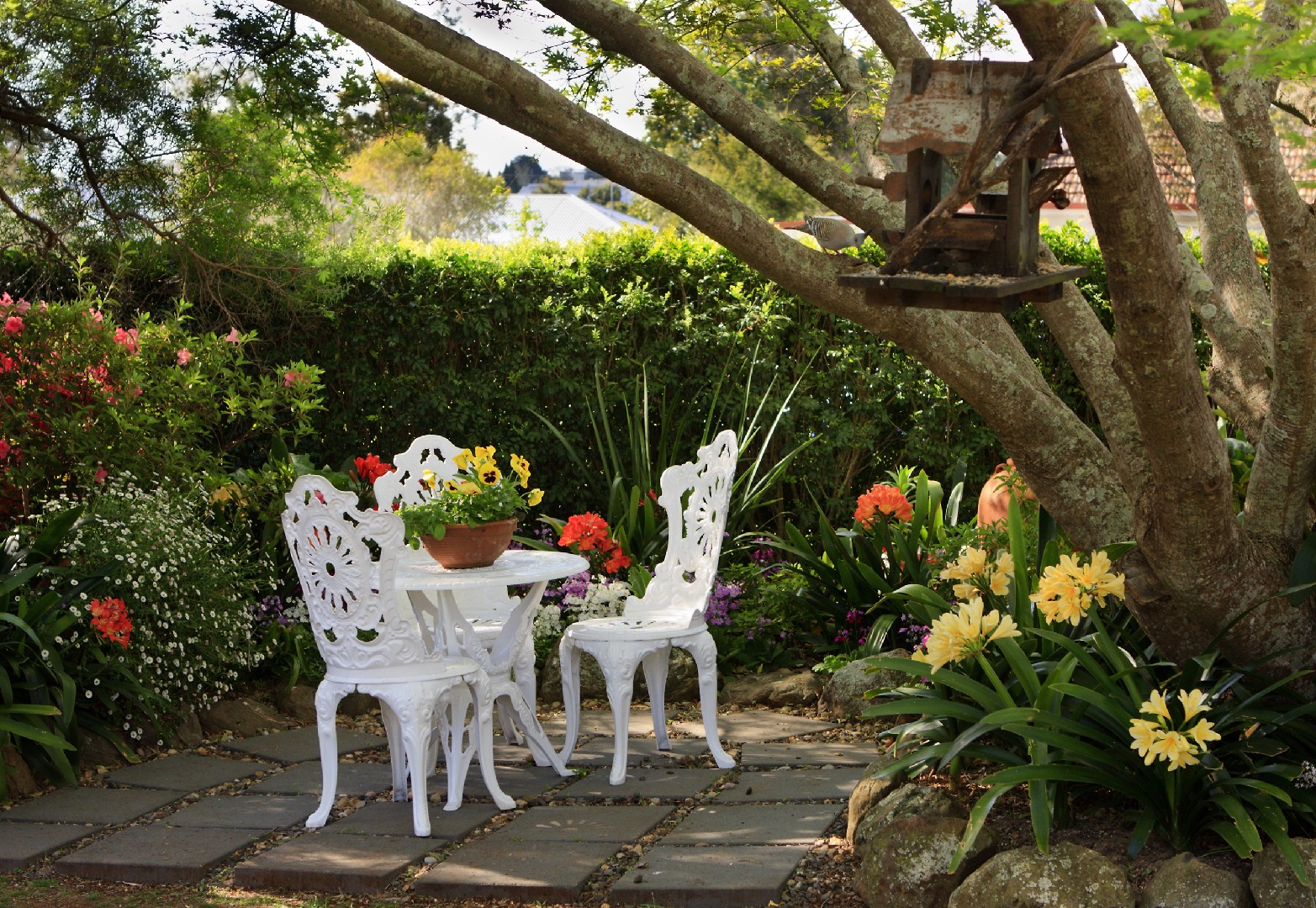![Rectangle]()
Optimal Utilization of Artificial Light in Compact Gardens
Optimal utilization of artificial light is crucial in small garden spaces in order to create a visually appealing and functional outdoor area. By carefully choosing the right light fixtures, enhancing garden aesthetics with effective light placement, and creating mood with different colors and intensities of light, you can transform your compact garden into a charming and inviting space.
When it comes to choosing the right light fixtures for different parts of the garden, there are a few factors to consider. First, you need to determine the purpose of each area. For example, if you have a seating area where you enjoy evening gatherings, you might want to install wall sconces or pendant lights to provide ambient lighting. If you have a path or walkway, consider using solar-powered stake lights to illuminate the way. To highlight specific features or plants, you can use spotlights or adjustable floodlights. By matching the style and design of the light fixtures to the overall theme of your garden, you can create a cohesive and visually pleasing look.
In addition to choosing the right light fixtures, effective placement of lights can greatly enhance the aesthetics of your garden. For compact gardens, it's important to avoid over-illumination, as it can create a harsh and unnatural effect. Instead, opt for a combination of direct and indirect lighting to create a balance of light and shadow. For example, you can place lights under trees or shrubs to cast interesting shadows and create depth. Experiment with different angles and heights to find the most flattering lighting for your plants and garden structures.
Creating mood in your garden can be achieved by using different colors and intensities of light. Warm white or yellow lights can create a cozy and intimate atmosphere, perfect for relaxation or entertaining. On the other hand, cool white or blue lights can evoke a sense of tranquility and make your garden feel more spacious. Consider using colored lights to add a touch of drama or playfulness to your garden, especially during festive seasons or special occasions.
To make the most of artificial light in your compact garden, it's important to be mindful of energy efficiency. Opt for LED lights, which are not only energy-efficient but also have a longer lifespan compared to traditional incandescent bulbs. Additionally, consider installing motion sensors or timers to ensure that the lights are only on when needed, further reducing energy consumption.
By following these methods and techniques, you can optimize light and shadow in your small garden space, creating a visually stunning and inviting outdoor area. Experiment with different lighting options, utilize effective light placement, and play with colors and intensities to create the desired ambience. Remember, lighting is an essential element in any garden design, and by paying attention to this aspect, you can transform even the smallest of spaces into a magical retreat.





